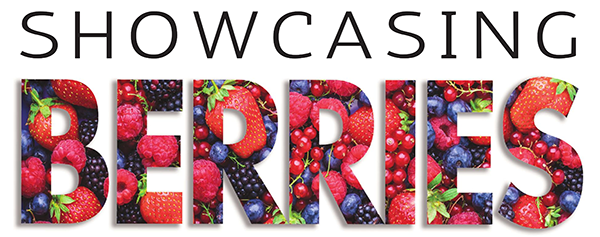Genetics, of course, play a role in berry sales.

Better yields, longer shelf-life, and taste go a long way with retailers and consumers. Everyone wants to develop a better berry; but for some consumers it’s all about growing method.
While the majority of berries are still grown conventionally, organics are gaining ground—at least metaphorically.
They may not command the prices they once did, but consumers are still willing to pay a 20- to 50-percent premium for organic berries according to Jack Cain, vice president of sales and marketing for Always Fresh Farms in Winter Haven, FL, and he said growers are answering with improved production.
“Organic farms are getting more efficient with their growing practices and their yields,” he said.
When it comes to developing new varieties, several berry categories are making news.
To meet demand and keep pricing palatable, Cain said “We’re going to have to continue to improve quality through genetics: better taste, better shelf life, more disease resistant, and better harvesting.”
New varieties planted and harvested at different times can also help.
“Growers are looking at filling in different times when there’s a gap in the market,” said Kevin Schooley, executive director of the North American Strawberry Growers Association in Welland, ON.
Cain said that Sweet Sensation, a newer strawberry variety in Florida, is starting to replace Radiance as the berry of choice.
“Radiance is starting to lose its popularity,” he said, estimating last year’s harvest was made up of 60 percent Radiance, 30 percent Sweet Sensation, and Brilliance and other varieties accounting for the other 10 percent.
This year, Sweet Sensation—touted as having better shelf life than Radiance—is slated to make up 40 percent of the crop with Radiance also at 40 percent, and Brilliance and other varieties at 20 percent.
Cain describes Sweet Sensation strawberries as “a nice, bright berry,” one popular with consumers due to its “color and conical shape.” Overall, it’s simply a good looking and tasting berry.
This is an excerpt from the most recent Produce Blueprints quarterly journal. Click here to read the full version.


